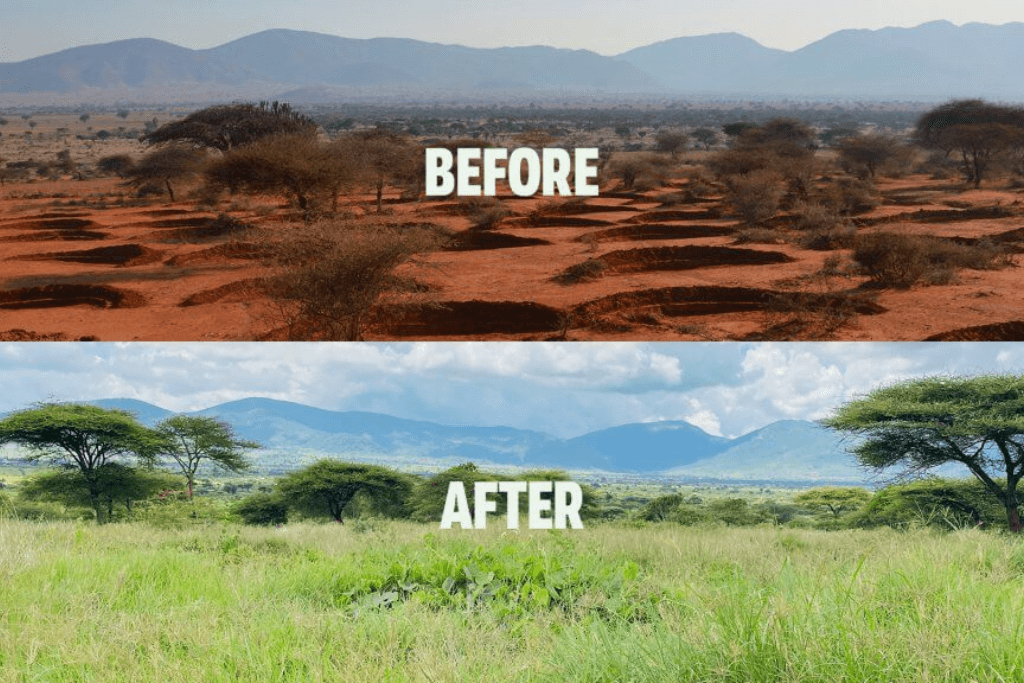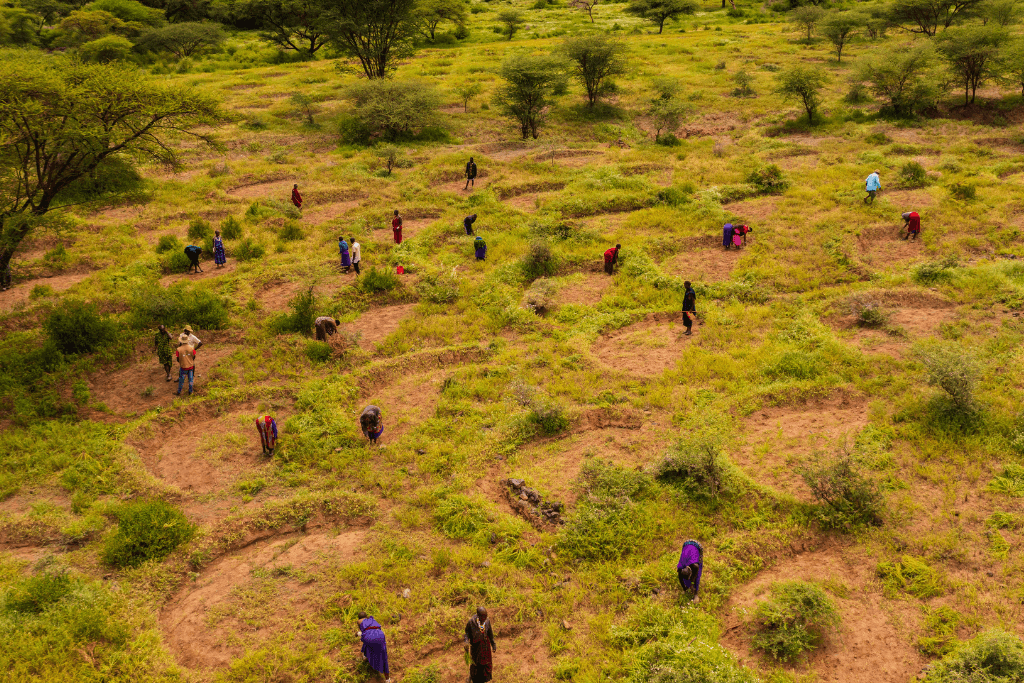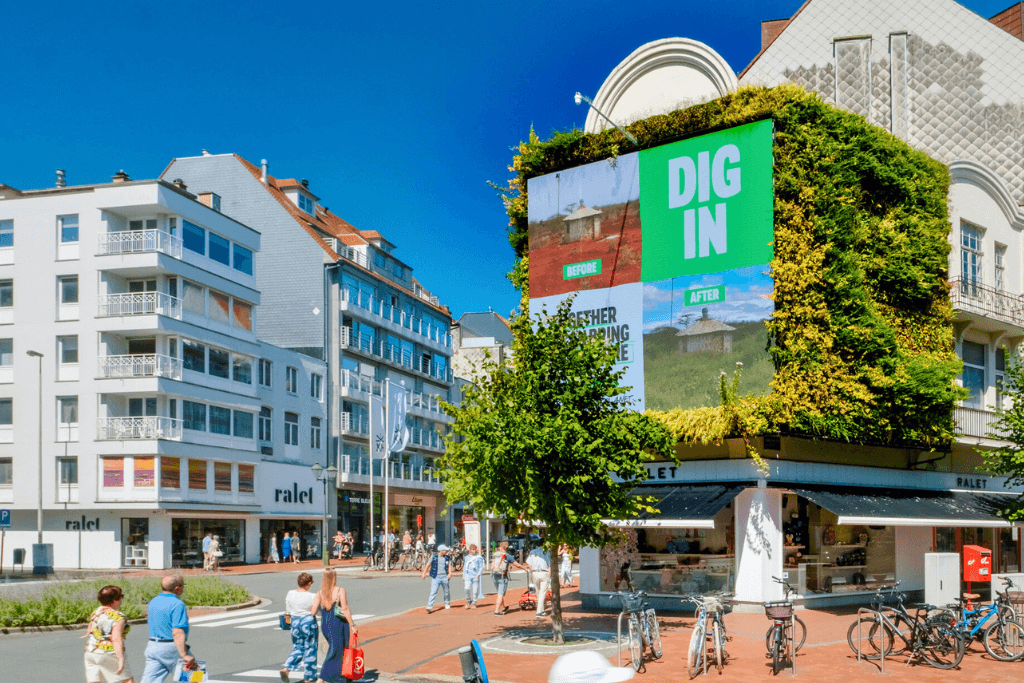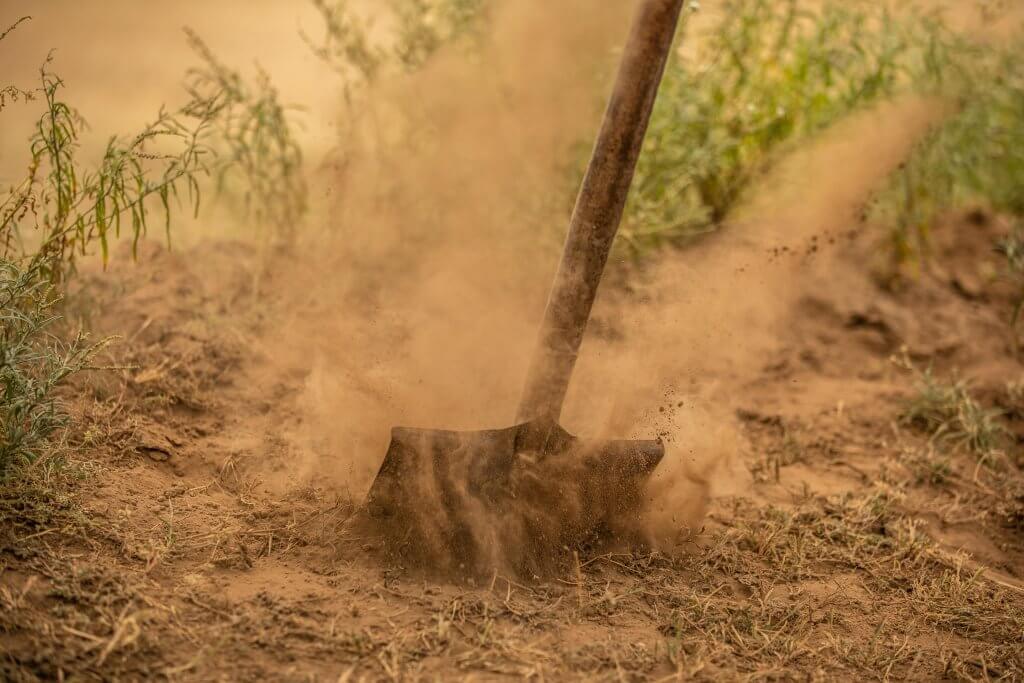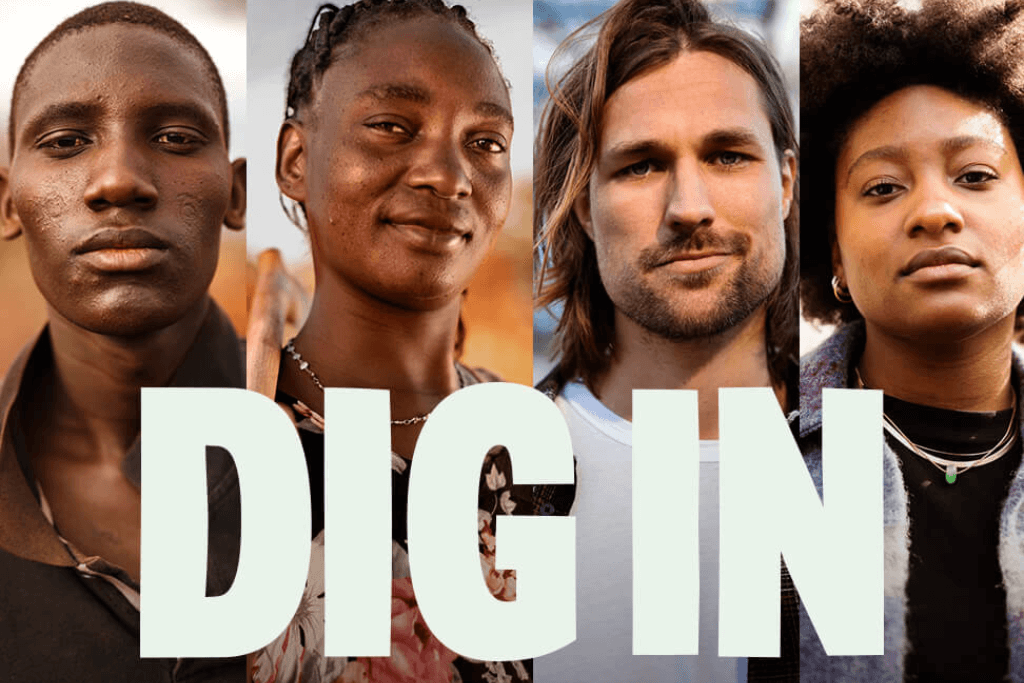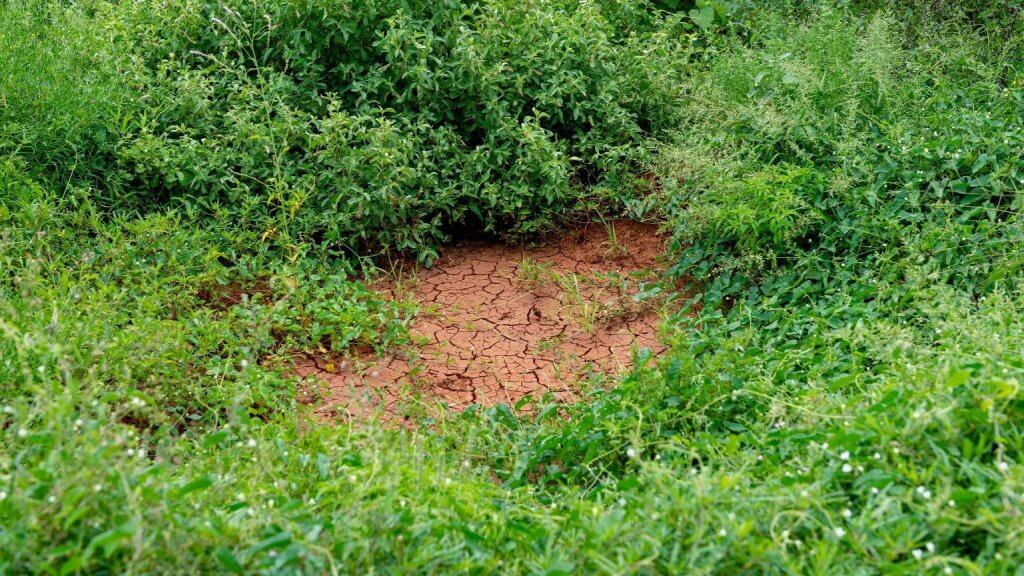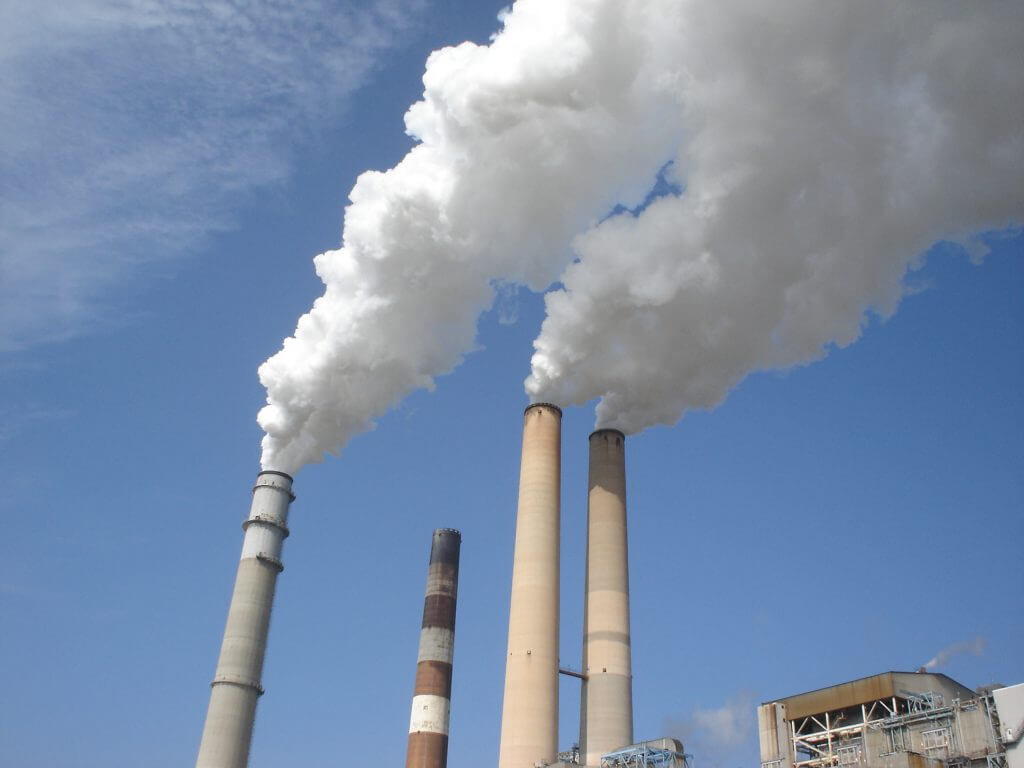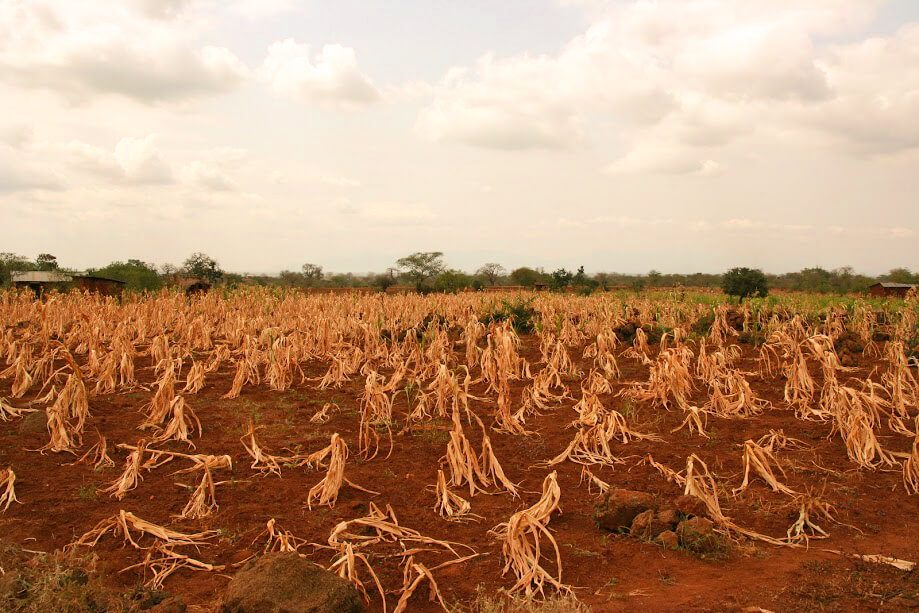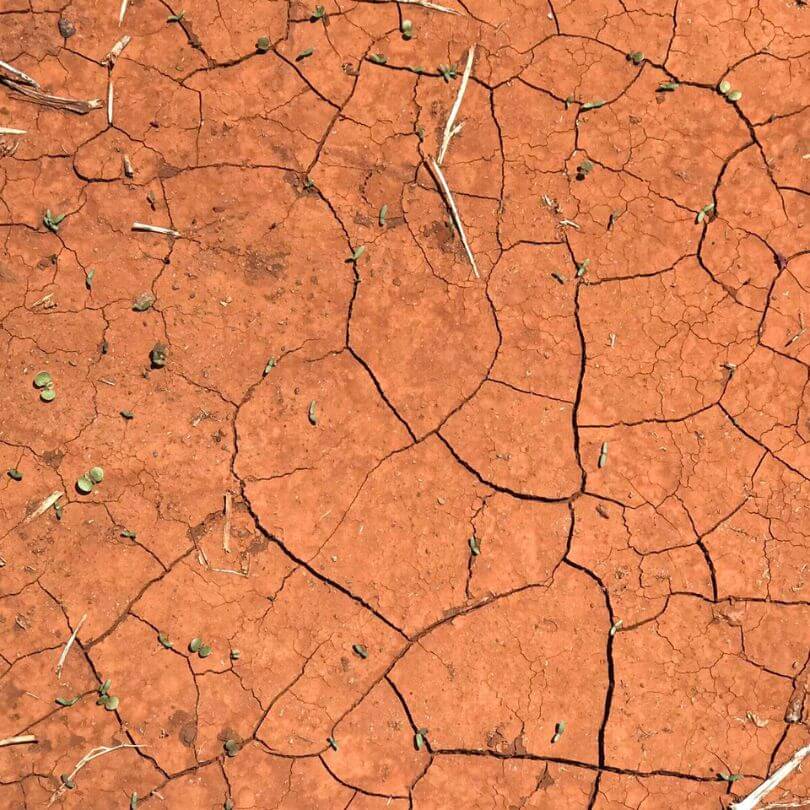By regreening we are able to reduce CO2 emissions . Consequently, this will limit global warming.
How does it work exactly? Regreening consists of the planting of trees and establishing green spaces. As this vegetation will store CO2, less CO2 will remain in the atmosphere. Ultimately, this will reduce global warming. Besides, plants and trees offer shade to the soil, causing less water to evaporate from the soil and consequently more water will be available for plants, people and animals. Regreening also stimulates the local water cycle, resulting in more frequent rain showers and more water to retain in the ground. Ultimately, regreening can make soil suitable for farming again, providing local communities with food security and a source of income.
